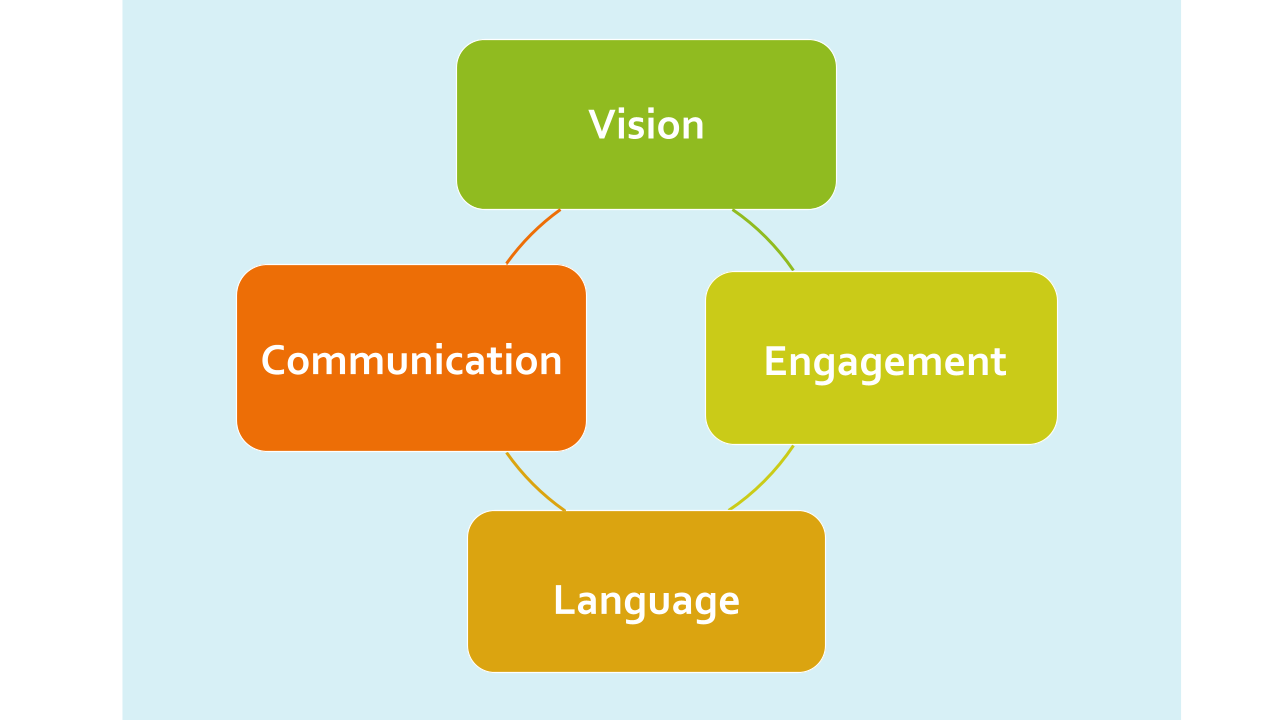Final Round Guidelines & Judging Criteria
Part I: Prepared Talk
Duration: Up to 4 minutes
Overview: Give a prepared talk in Japanese on any topic of your choice. (It does not necessarily have to be about Japan, or learning Japanese.) Your talk should be based on your personal experiences, and convey a clear message. Please make your presentation engaging and entertaining --- you may use audio-visual aids, audience-interaction, or anything else that will enhance your talk.
Part II: Questions from the Judges
All categories: The judges will ask questions related to the talk.
Duration: Up to 4 minutes (3 questions).
Duration: Up to 6 minutes
Overview: Give a prepared talk in Japanese on any topic of your choice. (It does not necessarily have to be about Japan, or learning Japanese.) Your talk should be based on your personal experiences or perspectives, and convey a clear message.
You may also use primary sources—such as images of artworks, clips of films, data sets, etc.—to discuss in your talk, and refer to secondary sources—such as articles or books that analyze and interpret a given topic—to support your own ideas. If you use such sources, you must cite the sources in English in MLA or APA style on the Power Point slides that accompany your talk.
Please make your presentation engaging and entertaining. You may use audio-visual aids, audience interaction, or anything else that will enhance your talk.
Part II: Questions from the Judges
All categories: The judges will ask questions related to the talk.
Duration: Up to 4 minutes (3 questions).
Duration: Up to 6 minutes
Overview: Give a prepared talk in Japanese on any topic of your choice. (It does not necessarily have to be about Japan, or learning Japanese.) Your talk should be based on your personal experiences or perspectives, and convey a clear message.
You must also use primary sources — such as images of artworks, clips of films, data sets, etc. — to discuss in your talk. You may also refer to secondary sources — such as articles or books that analyze and interpret a given topic — to support your own ideas. You must use a minimum of 3 such sources (primary or secondary) in your presentation, and cite the sources in English in MLA or APA style on the PowerPoint slides that accompany your talk.
Please make your presentation engaging and entertaining. You may use audio-visual aids, audience interaction, or anything else that will enhance your talk.
Part II: Questions from the Judges
All categories: The judges will ask questions related to the talk.
Duration: Up to 6 minutes (4 questions).
Duration: Up to 3 minutes
Overview: Give a prepared talk in Japanese on any topic of your choice. (It does not necessarily have to be about Japan, or learning Japanese.) Your talk should be based on your personal experiences, and convey a clear message. Please make your presentation engaging and entertaining --- you may use audio-visual aids, audience-interaction, or anything else that will enhance your talk.
Part II: Questions from the Judges
All categories: The judges will ask questions related to the talk.
Duration: Up to 3 minutes (2 questions).
Duration: Up to 3 minutes
Overview: Give a prepared talk in Japanese on any topic of your choice. (It does not necessarily have to be about Japan, or learning Japanese.) Your talk should be based on your personal experiences or perspectives, and convey a clear message.
You may also use primary sources—such as images of artworks, clips of films, data sets, etc.—to discuss in your talk, and refer to secondary sources—such as articles or books that analyze and interpret a given topic—to support your own ideas. If you use such sources, you must cite the sources in English in MLA or APA style on the Power Point slides that accompany your talk.
Please make your presentation engaging and entertaining. You may use audio-visual aids, audience interaction, or anything else that will enhance your talk.
Part II: Questions from the Judges
All categories: The judges will ask questions related to the talk.
Duration: Up to 3 minutes (2 questions).
Judging Criteria
Presentations will be judged based on four criteria, each carrying equal weight:
Vision
Innovative, original and of current relevance
Engagement
Effective connections with the audience
Language
Control; variety of vocabulary and expressions for the level
Communication
Focus, clarity, sociolinguistic skills, fluency
- Vision mainly refers to whether or not the talk has a message. It is evaluated on what is new, unique, and relevant to today's society.
- Engagement is how well students are able to connect with the audience, entertain them, and draw them into your story. J.LIVE Talk encourages the use of effective audiovisual materials and interaction with the audience to enhance the presentation, and the use of props and other materials is allowed as long as they are relevant to the message.
- In the Language category, students are evaluated on the accuracy and richness of their language as appropriate to their level. In addition to grammar and vocabulary, it also includes pronunciation and use of proper register.
- Communication evaluates the ability to communicate effectively with others, including the clarity of presentation, and in the individual category, the ability to ask back or confirm when one does not fully understand a judge's question.
There are many different types of effective presentations, and they require a variety of skills, including voice inflection, gestures, and use of visuals. An effective presentation is one that impacts the audience and causes some change in them, whether by conveying information, motivating action, or encouraging them to rethink the way they see the world.


